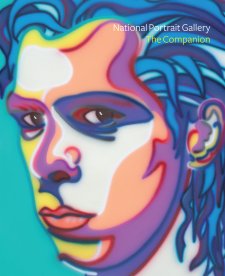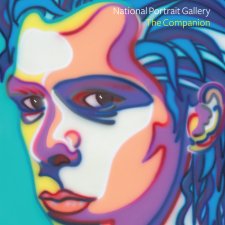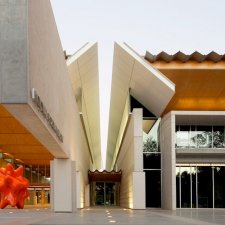Temporary road closures will be in place around the Gallery until 11 March during the Enlighten Festival.
David Unaipon (1872-1967) writer, public speaker and inventor, was a Ngarrindjeri man, fourth of nine children of the evangelist James Ngunaitponi and his wife Nymbulda, both of whom were Yaraldi speakers. Educated at the Point McLeay Mission School, with no advanced education in mathematics, he early researched many engineering problems and devised a number of his own inventions; all his life he was obsessed with the secret of perpetual motion. In 1909 he patented an improved handpiece for sheep-shearing. Nine other inventions up to 1944 included a centrifugal motor, a multi-radial wheel and mechanical propulsion device, but the patents on these lapsed. An exemplary Christian and teetotaller, with a fanciful reputation as 'Australia's Leonardo', he was often called upon to participate in royal commissions and inquiries into Aboriginal issues. In 1928-29 he assisted the Bleakley inquiry into Aboriginal welfare. In 1934, he urged the Commonwealth to assume responsibility for Aboriginal affairs and proposed that an independent board replace South Australia's Chief Protector of Aborigines. As an employee of the Aborigines' Friends'Association (AFA) for many years, he travelled widely (though he was often refused accommodation) and became well known through south-eastern Australia, lecturing on his ideas, preaching sermons and relating Aboriginal legends and customs. He spoke of the need for sympathetic co-operation between, and equal rights for, white and black Australians. A great admirer of John Milton, Unaipon became the first Aboriginal writer to be published. 'Aboriginals: Their Traditions and Customs' appeared in the Sydney Daily Telegraph in 1924 and 'The Story of the Mungingee' in the Home magazine in 1925; Native Legends, funded by the AFA, was published in 1929. Myths and Legends of the Australian Aboriginals, published in London in 1930, was commissioned by Adelaide doctor and anthropologist William Ramsay Smith, and published under his name without acknowledgment of the author. Unaipon wrote other articles, poetry and legends throughout his life. He was awarded a Coronation Medal in 1953. In 1985, he posthumously won the FAW Patricia Weickhardt Award for Aboriginal writers. The annual national David Unaipon Award for unpublished Aboriginal and Torres Strait Islander writers, and an annual Unaipon lecture in Adelaide were established in 1988. The hand-written manuscript of his small book Native Legends, to which the $50 banknote alludes, is in the Mitchell Library in Sydney.
Collection: National Portrait Gallery
Purchased 2011



On one level The Companion talks about the most famous and frontline Australians, but on another it tells us about ourselves.



Visit us, learn with us, support us or work with us! Here’s a range of information about planning your visit, our history and more!



We depend on your support to keep creating our programs, exhibitions, publications and building the amazing portrait collection!